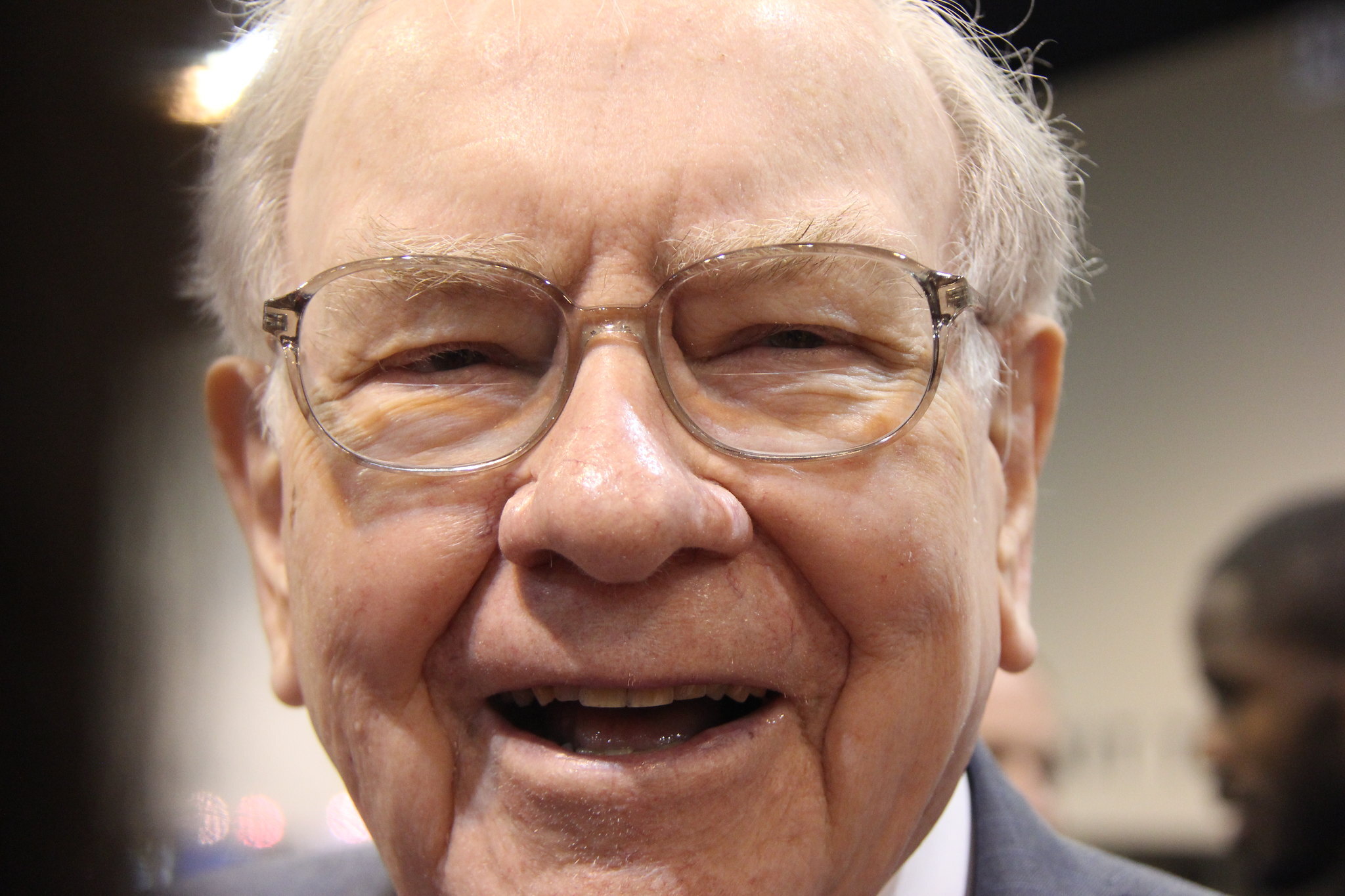The conglomerate just reported its first-quarter results, so here’s a rundown of the key figures.
Berkshire Hathaway (BRK.A -0.56%) (BRK.B 0.07%) reported first-quarter results on Saturday, and there’s quite a bit to unpack. In addition to the headline revenue and earnings numbers, investors always watch Berkshire’s cash stockpile, buyback activity, and the operating income from its subsidiary businesses.
With that in mind, here’s a rundown of the key numbers, a major investment move that was revealed, and the important information we don’t know yet.
The headline numbers (which don’t mean much)
Warren Buffett himself has cautioned investors not to pay too much attention to the company’s net income (earnings per share, or EPS), as it includes unrealized investment gains and losses from Berkshire’s massive stock portfolio. That’s especially true for the first quarter, as an excellent first quarter of 2023 resulted in an EPS decline of 64% — even though Berkshire’s business performed quite well, as we’ll see in the next section.
Berkshire’s revenue grew by 5%, and it’s worth noting that both the top and bottom-line numbers came in significantly higher than analysts had been expecting.
Operating earnings paint a better picture
Berkshire’s operating earnings tell us how the company’s subsidiary businesses are performing, and these look great. Overall, Berkshire’s operating earnings grew by 39% year over year.
Much of this strong performance was due to the insurance business. Underwriting income nearly tripled year over year, and investment income grew by 32%, mainly due to the rising interest rate environment over the past year. Berkshire Hathaway Energy operating earnings rose by 72% year over year. The only significant decline was an 8% year-over-year drop in BNSF Railroad’s operating earnings, but the rest of Berkshire’s business more than made up for it.
Is Buffett souring on Apple?
One of the most important things investors should know about Berkshire Hathaway’s quarterly reports is what isn’t revealed.
Specifically, while Berkshire reports the cost basis of its massive stock portfolio from quarter to quarter, we generally don’t know what stocks Berkshire bought or sold (with few exceptions) until its 13-F is filed with the Securities and Exchange Commission. This quarter’s filing is due on May 15, so we’ll get an updated snapshot of Berkshire’s portfolio as it stood on March 31.
However, Berkshire reports the market value of its largest stock positions as of the end of the quarter. Judging by these, it appears that Berkshire unloaded about 13% of its massive investment in Apple (AAPL 5.98%) during the first quarter. This would certainly explain the rapid growth in the cash stockpile, as well as the realized investment gains of $11.2 billion Berkshire mentioned in its earnings release.
Buybacks accelerated in the first quarter
Berkshire’s buyback activity is always of interest to shareholders, as it provides insight into whether Buffett thinks the company’s stock is attractive. While a price below intrinsic value is a requirement for buybacks to take place at all, the pace of buybacks has varied widely over the past few years.
The first-quarter earnings report shows that Berkshire spent $2.6 billion on buybacks, including both Class A and Class B shares.
For context, Berkshire repurchased $2.2 billion of its shares in the fourth quarter of 2023 and spent $9.2 billion throughout the entirety of last year. So, the first quarter represents a bit of an acceleration.
Berkshire’s cash hoard hits a new record
At the end of 2023, Berkshire’s cash stockpile soared to an all-time high of $167.6 billion. Simply put, Buffett has found it difficult to identify attractive acquisition opportunities in recent years, and with short-term Treasuries yielding about 5% on Berkshire’s idle cash, Buffett is in no rush to pull the trigger.
To say that Berkshire’s cash hoard grew in the first quarter would be an understatement. Including cash, equivalents, and short-term Treasury Bills, Berkshire now has a staggering $189 billion on its balance sheet.
Finally, the earnings report was released on the morning of Berkshire’s widely followed annual shareholders meeting in Omaha, Nebraska. The meeting includes hours of Q&A with Warren Buffett and the heads of Berkshire’s insurance and non-insurance operations, so there’s likely to be some new information (and investment wisdom) shared throughout the day. We may even find out why Buffett sold a significant amount of Apple. We’ll be sure to keep you informed!
























